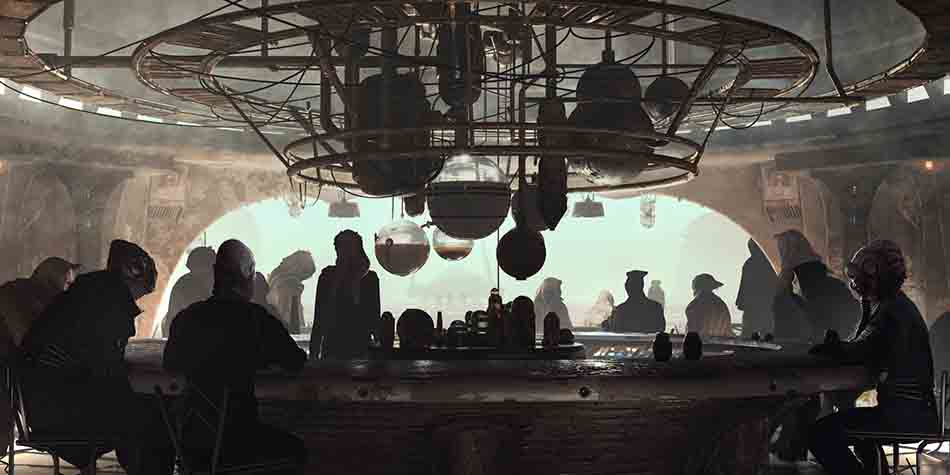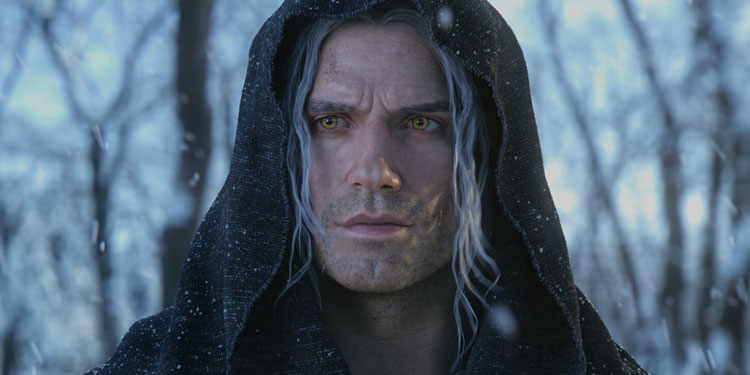Introduction
Welcome to an insightful interview with Alex Levinton, a distinguished 3D artist whose creative journey has brought digital art to life with a unique blend of innovation and inspiration.
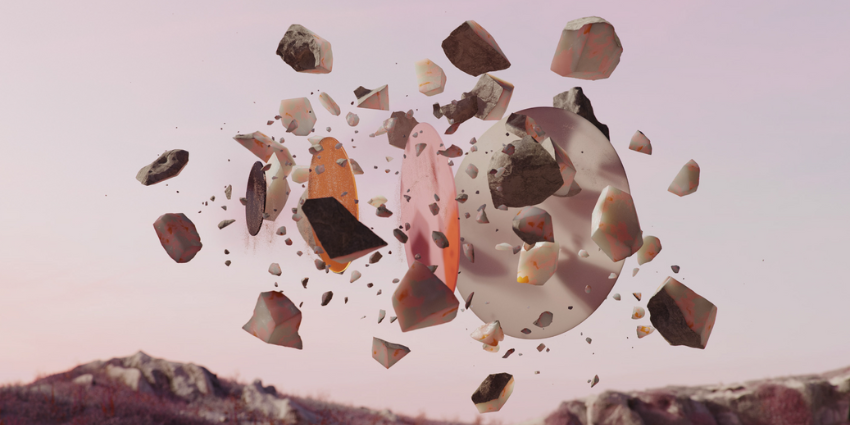
Today, we delve into the mind of this visionary artist, exploring the background that fueled his passion, the intricacies of his creative process, and the fascinating projects that have captured the imagination of many.
Join us as we uncover the story behind the artist, from the early sparks of inspiration to the realization of (Un) Dreamed Scapes.
Background and Inspiration
Can you tell us a bit about your journey into digital art?
I’ve always been really attracted to cinema and art since I was a kid. My grandma is an amazing painter and I’ve grown up with that near me, and she even tried to teach me how to paint as well.
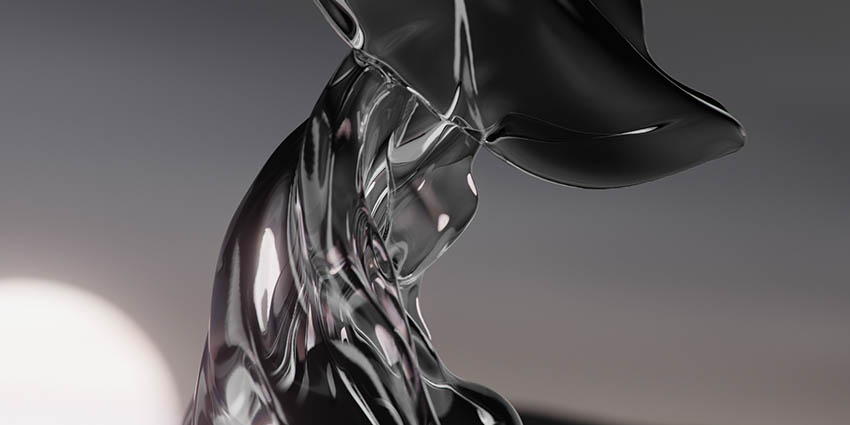
I’ve never had particularly outstanding skills in hand-driven skills, though, and I have been messing with computers since I can barely remember, so mixing those worlds together almost seemed like a natural thing to me.
What inspired you to become a digital artist?
Somewhere around sixth or seventh grade, I had a teacher in school who showed us Blender. I remember marveling at the possibilities software was giving me, even when I had basically zero CGI-related knowledge, but I already felt there was something in that medium that was incredibly powerful to me.
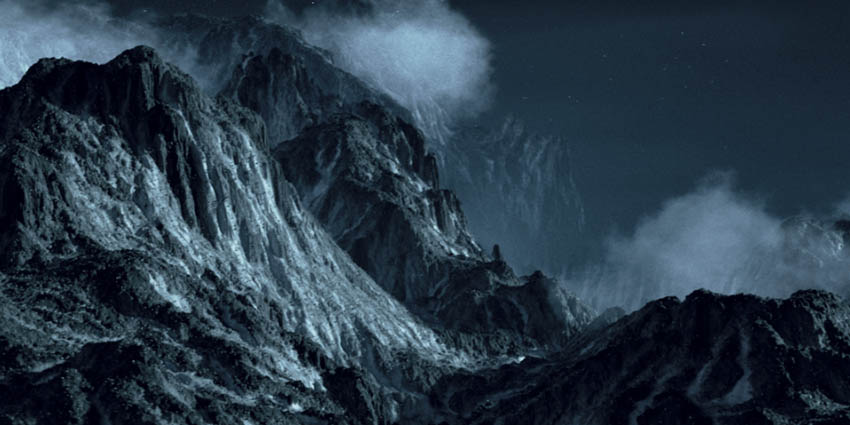
I then actually let all of that sit in my mind for years until it later on clicked, while studying in film school, that digital art is clearly the place I feel most comfortable in.
Who are some of your artistic influences and favorite artists?
Regarding artistic influences, from the top of my mind, I can think of loads of amazing artists like Simon Holmedal, Ash Thorp, Cornelius Dämmrich, XK (Lukas Vojir, Alexa Sirbu), Ezequiel Pini, among many others that one way or another constantly influence my work.
Creative Process
Could you describe your typical creative process from ideation to completion?
I’m pretty hands on since the get go, in the sense that I like to start experimenting directly in 3D, I roughly sketch anything outside of it.
Since I’m pretty much a generalist, I tend to blur the line between design and animation stages by directly creating stuff in motion and fine-tuning off of that.
Do you have any favorite software, tools, or techniques that you rely on in your work?
For the most part, I basically use Houdini and Cinema 4D, rendering mostly in Redshift, but also play around with Marvelous Designer and other software when needed.
My work is lately filled with different sorts of simulations, so I say that’s the universe I’ve been embedding myself the most.
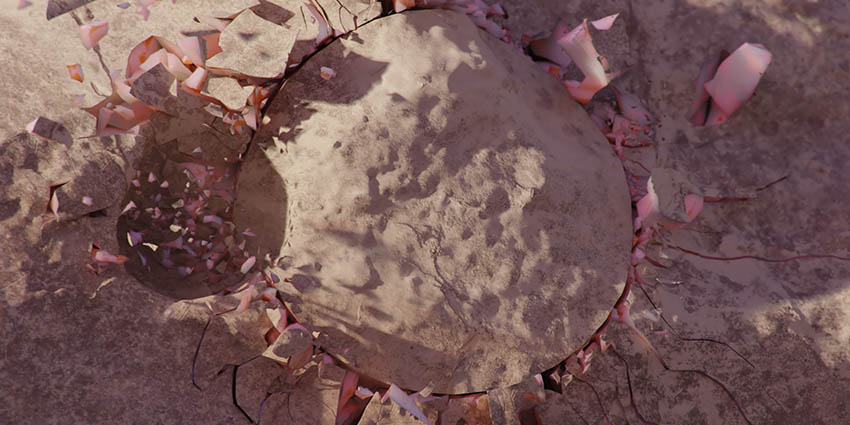
How do you stay motivated and overcome creative blocks?
When it comes to creative blocks, I don’t really think I have a solution for it, but fortunately, I’ve had the possibility of traveling/moving all over the place a lot for the past two years, which has really helped avoiding stagnation in a sense, by being constantly filled with new stimuli.
Style and Themes
- Many digital artists have a unique style. How would you describe your artistic style and the themes you often explore in your work?
- Is there a recurring message or story you try to convey through your designs?
If I had to describe most of the work I do, I’d use the feeling of tactility through motion. I love creating photorealistic things that behave organically but unexpectedly.
I always tend to want to touch and perceive the materiality of the creations I make in 3D. I’d love to feel other people might feel the same pulsion while viewing them.

(Un) Dreamed Scapes
- Let’s dive into a specific project of yours. Can you share some details of the (Un) Dreamed Scapes?
- What is the story behind this project?
- Can you describe the key elements and techniques used in this project?
To be honest, that project came out of exploring a specific part of the software I’ve been using the most lately, Houdini. By exploring the ability to create landscapes (whilst in the middle of lockdown, need to be said), I started to wonder what the places I’d wanted to visit at the moment could look like, so I’d say it was a mix of experimentation and wishful thinkin.g
Challenges and Achievements
- Every artist faces challenges. Can you tell us about a specific artistic challenge you’ve overcome and how you did it?
- What’s been one of your artistic journey’s most significant achievements or milestones?
I agree that every artist faces challenges, but I could argue a 3D artist probably faces even more haha.
Our daily workflow is constantly faced with challenges of new techniques or roadblocks, being limits of software/hardware/technical knowledge, so it’s a bit of a constant evolution, I’d say. It’s constant learning, problem-solving, debugging, and growing.
Advice for Aspiring Artists
- What advice do you have for aspiring digital artists just starting their creative journey?
- How do you balance your artistic pursuits with other aspects of life, like work and family?
As a generalist, I’d say experiment with all sorts of aspects in the industry, and try to see what part of the workflow most resonates with yourself. Develop that ability as far as you can, but never stop playing around with other areas as well.
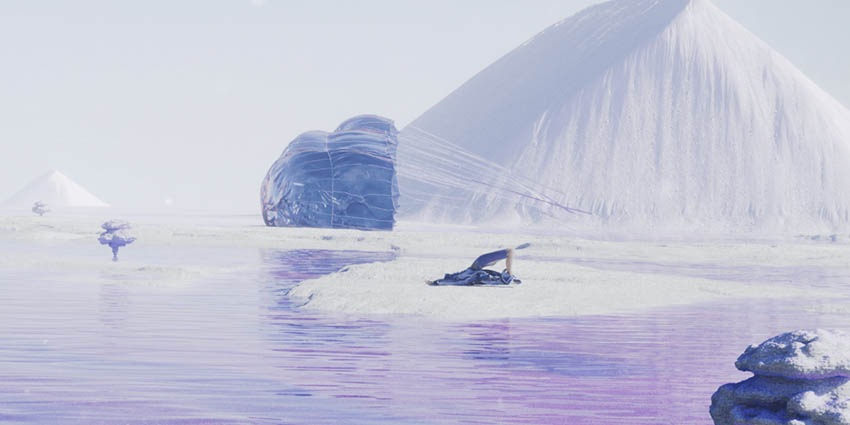
I’m sure there’s loads of people out there that will probably argue the opposite, and just focus on the one area you’re most proficient in, but that’s at least what has always kept me on my toes and having fun while working, not wearing out my day to day process.
For a long time, I’d say I spent insane hours in front of the box, and more than necessary, since being burnt out only led to less accurate work.
The last couple of years I realized that having a stricter tight 8 hour work day and actually respecting it, enforcing myself to do so, led me to be more relaxed, enjoy my time outside work more, and that eventually ended in me enjoying my work even more.
Future Goals
- What are your future artistic goals, or is there a particular project or theme you’d like to explore in the future?
- Do you have any upcoming exhibitions, collaborations, or projects you’d like to share with your audience?
That’s a tough one. I’ve always been interested in developing more narrative work but never quite could do so. Maybe that’ll open up in the future. Who knows?
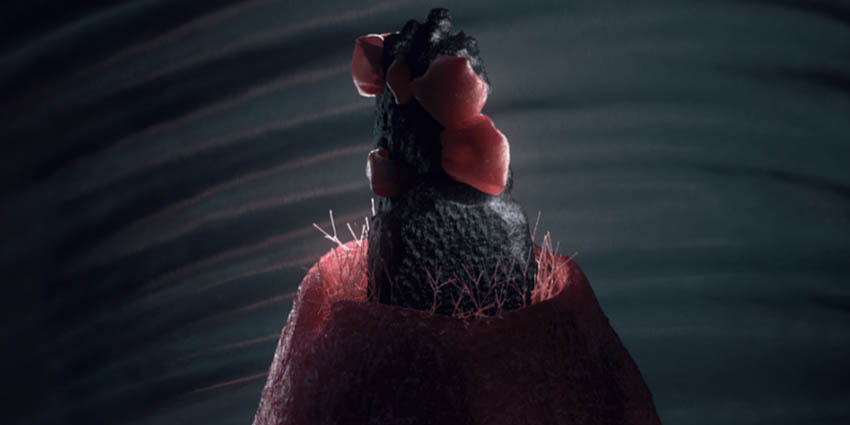
Conclusion
As we conclude this captivating interview with Alex Levinton, it’s clear that his artistic prowess extends far beyond the digital canvas.
From tracing the origins of his creative journey to unveiling the secrets behind (Un) Dreamed Scapes, Alex has offered a glimpse into the intricate world of a 3D artist.
His ability to overcome challenges, articulate a unique artistic style, and share valuable insights with aspiring artists exemplifies the resilience and dedication required in the realm of digital art.
As we anticipate his future projects and continue to be enchanted by his imaginative designs, we extend our gratitude to Alex for sharing his experiences, wisdom, and, of course, the visually stunning creations that make his art truly exceptional.
Check out Alex Levinton’s art and projects on his website. See more on Behance and connect with him on Instagram for behind-the-scenes content and updates. Don’t miss his artistic journey!
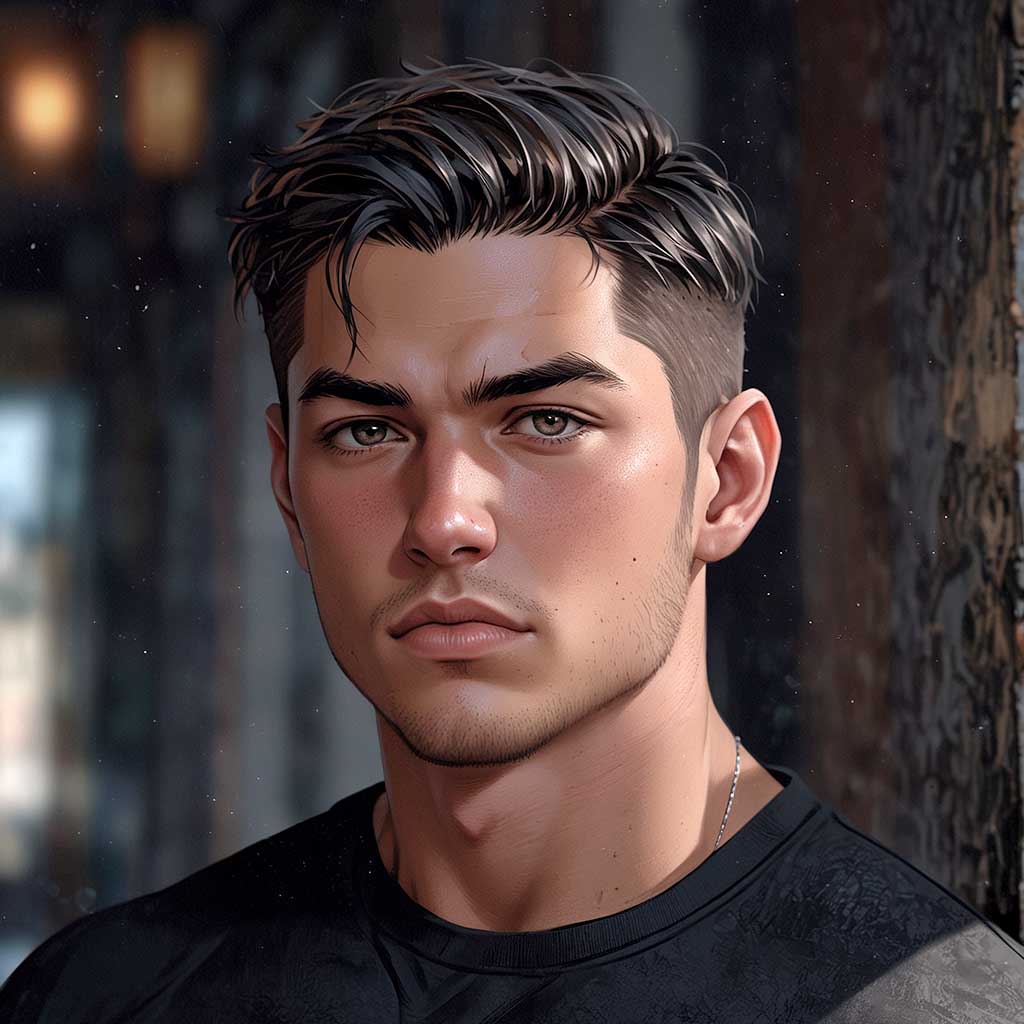
Nyx, Editor at Vertex Mode, is also an experienced 3D Artist in gaming and film, sharing insights on Digital Art and its creators.
